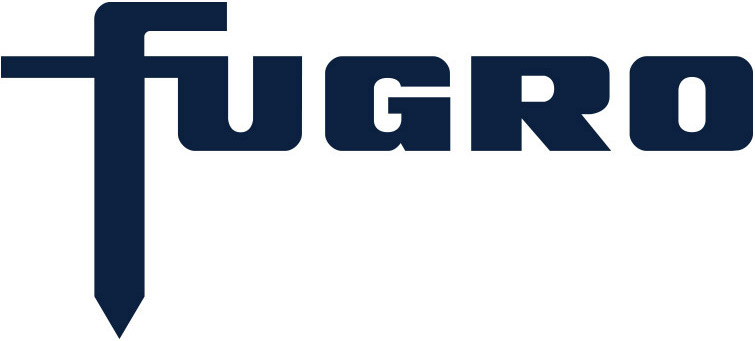The International Hydrographic Organization (IHO) has a 100 year history of mapping the world’s oceans. John Nyberg, technical director, explains how the organisation’s role in understanding our oceans is evolving. Now, rather than just recording ocean depths for mariners, the organisation is setting standards for how we record environmental data. In Italy, this approach is being put into effect with an ambitious coastline mapping project.
In a bid to reverse a decline in biodiversity, Italy aims to map 7500 kilometres of coastline to a depth of 50 metres. Marco Filippone, global solution director for ocean science and hydrography at Fugro, explains how new technologies ranging from satellite sensors to remote underwater mapping are all playing a crucial role in collecting data for this initiative.
One of the first undertakings of the Italian coastline mapping initiatives was to get a better understanding of the seagrass meadows and the role they can play in maintaining ocean biodiversity. Giordano Giorgi, the project director for Italy’s marine initiative explains how the project has furthered our understanding of seagrass’ role in carbon capture and with this knowledge, how the protection of the seagrass meadows can be ensured.
Host
Jon Baston-Pitt
Guests
John Nyberg, technical director, the International Hydrographic Organisation
Giordano Giorgi, project director, Institute for Environmental Protection and Research (ISPRA)
Marco Filippone, global solution director for ocean science and hydrography, Fugro
